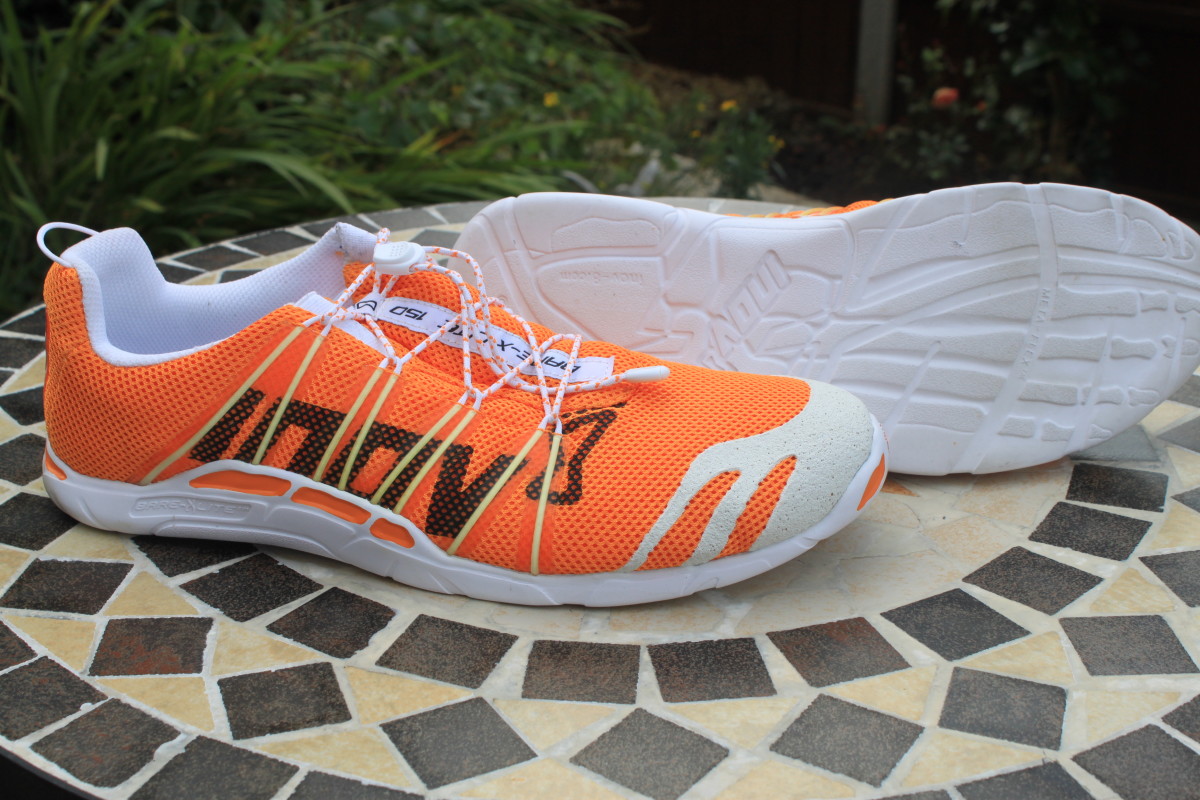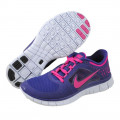Lose body fat at a comfortable pace.
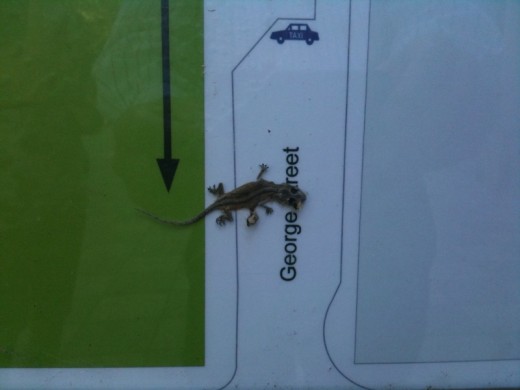
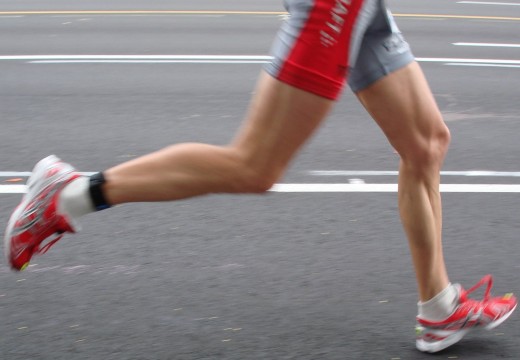
Getting there
This hub follows my popular recent hub on 'getting fit‘. I would today like to go into a little more detail in maximising the benefits from commencing a jogging or running programme.
Before starting out I should strongly mention the disclaimer that if you are in the least bit of doubt about you ability to commence jogging you should seek the advice of a legally qualified medical practitioner before commencing a running routine. Your regular Doctor should be able to give you the nod & will probably encourage you to go ahead and exercise.
Generally people are in a reasonable condition to commence running in a measured way with a run/walking routine. If in doubt you will probalby know and check first with your M.D.
Training Diary
1. Before setting out a programme I suggest you get a diary dedicated to running. You can actually buy specific one published by the Magazine' Runners World' & also other fitness .magazines.
2. In this dedicated diary you should start recording from day one.
3. Record weight & height.
4. Record pulse rate & have your blood pressure checked to see if it in the normal range.
5. If you have had or are having a medical a blood check of sugar levels cholesterol and record these.
6. In the diary of each day record how you feel before and after the run. It is great reinforcement when you start to feel better after each run and then record it and see it later.
7. Record the time and distance of each run walk.
8. At the outset I suggest you walk or run for minimum of 20 minutes a day. Only increase the time by 10 per cent after each week. For those that are fitter start at half an hour. If this feels comfortable and you are not too sore maintain it for a week then increase your time by 10 per cent. Similarly if you don't drop it back to twenty minutes.
9. The goal id to be able to run for an hour every day without too much soreness or exhaustion. For now though continue with either twenty minutes or half an hour and record the time pulse rate resting & maximum. In the diary.
10. At the start it is a good idea to get a couple of sets of running gear well at least one two allows you to rinse out and dry each day your running gear so that you will always have a set of gear to run with at a moments notice. Now a wide array of clothing available in different materials. Personally I like the stretch material but not Lycra to run in. they are more expensive but they quickly dispel water are easy to rinse out and dry.
11. Running shoe selection is important. It is really important to find out what style of runner you are whether or not you are a supinators’ (heel rolls out on impact with ground) or a pronto(heel rolls in on impact with ground). That way a running shoe shop will select the right shoe that can compensate someone for you foot strike pattern. If you choose the wrong type you may exaggerate the problem as I found out to my detriment and naivety twenty years ago
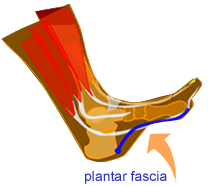
A few word on heel strike
The "proper" form for any runner is whatever enables him or her to run their fastest and stay injury-free. For some people that might be heel-striking.
That said if you spend any time at all watching elite distance runners, it appears that the majority of them are forefoot strikers. The lower down any race field you look, the more heel-strikers you will see. There are gradations of forefoot and heel-strike as well. The REALLY slow runners land firmly on the very back of the heels with straight legs -- and are often leaning backwards as well!
The reason they are so slow is that landing on the heel with (usually) a straight leg acts like a brake to any forward momentum.
This remains a controversial issue. I have textbooks that say, like the running shoe industry, that a "normal" gait is to heel strike and then "roll" to a toe-off. The standard answer to this is to ask people to run barefoot on a hard surface and see just how "natural" heel-striking feels then.
The glaring problem with heel striking, especially when carried out with a straight leg, is that it completely cuts out the natural shock absorption and spring "rebound" of the foot, with its inbuilt arches and "suspension" mountings of ligaments and tendons, never mind the gastroc, soleus and the like. Instead, heel striking transmits massive forces straight up the leg to the knee, the hip, the lower back and so on. Instead of addressing the cause of the problem -- heel-striking -- the running shoe industry treats the symptoms by ever more bizarre attempts to provide protection at the heel.
Now we are dressed let us get started
Now that we have got you dressed it is time to put your best foot forward. As with many things in life. Running begins with taking the first step. Now ideally you should have a resting pulse in the mid 60 beats per minute. Now during the run or walking we want to raise that up to a nice training level of 65% to 80% of your maximum pulse rate. This is 220 bpm minus your age.
That is say your 40 years of age your maximum pulse would be 180. Now we want to train at say 60-70 per cent of that to start with which would be around 130. So when you start jogging check your pulse after say five minutes and we want it to be around that number.
With those first few days aim to have a very relaxed gait whilst you run pump your arms and legs and king of like get a pendulum effect going with your legs and arm. Maintain an erect posture at all times imagine there is a string or plum bob from the top of your head down. Now the whole of your body weight should balance evenly around that central point.
Continue to run for about 20 to 30 minutes at that pace then stop and do some stretching. I will say more about stretching in my next hub.
Oh one last thing fill out the diary with all the information I have mentioned previously...

